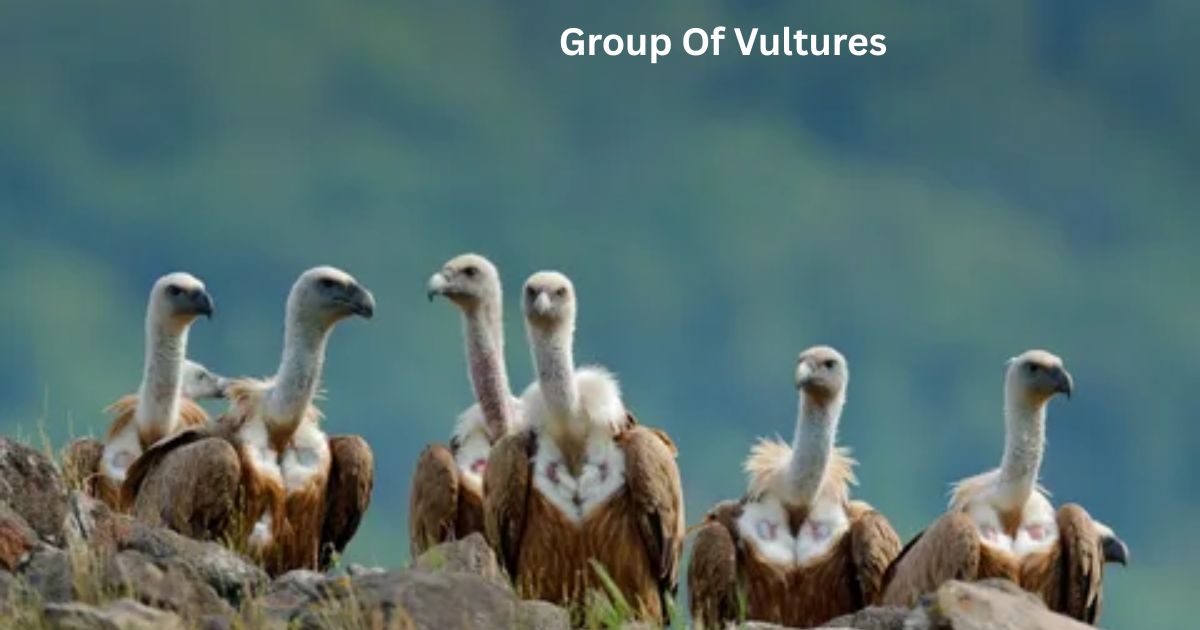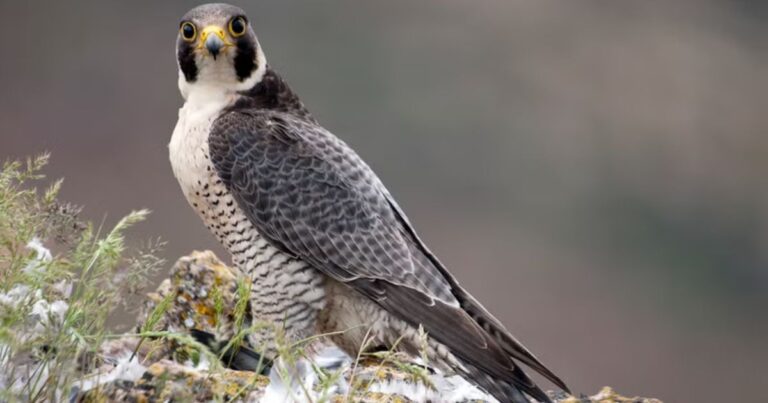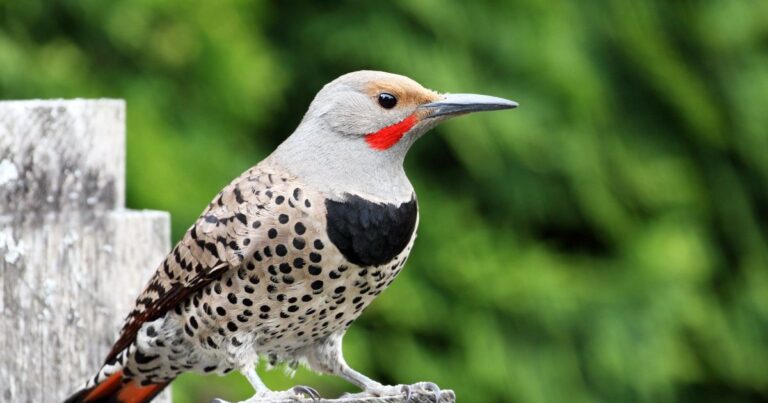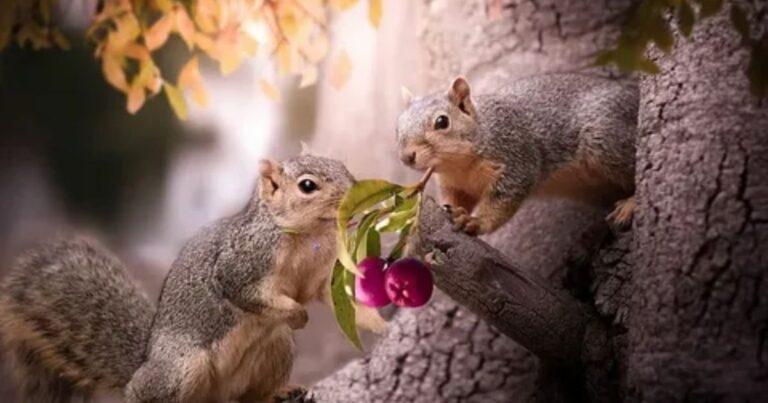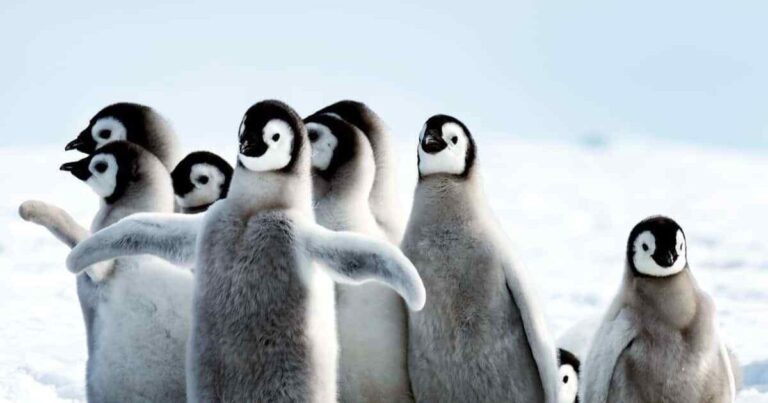What Is A Group Of Vultures Called?
When I first stumbled upon the term for a group of vultures, I was intrigued by the word “kettle.” It conjures up an image of these majestic scavengers swirling through the sky, much like steam rising from a boiling pot.
Observing a kettle of vultures in flight is an awe-inspiring sight; their wings outstretched, gliding effortlessly on thermal currents, they embody a sense of freedom and purpose. It’s fascinating to think about how these birds, often misunderstood, play such a crucial role in our ecosystem as nature’s cleanup crew.
But what really struck me is the symbolism behind a group of vultures. While they are often associated with death and decay, witnessing a kettle can shift one’s perspective. These birds remind us of the cycle of life and the importance of renewal.
They thrive on the remains of the deceased, transforming what might seem like tragedy into sustenance and growth for other creatures.
Next time I see a kettle of vultures soaring above, I’ll remember that they are not just scavengers; they are essential players in the intricate web of life, reminding us of nature’s resilience and interconnectedness.
What do you call a group of vultures eating?
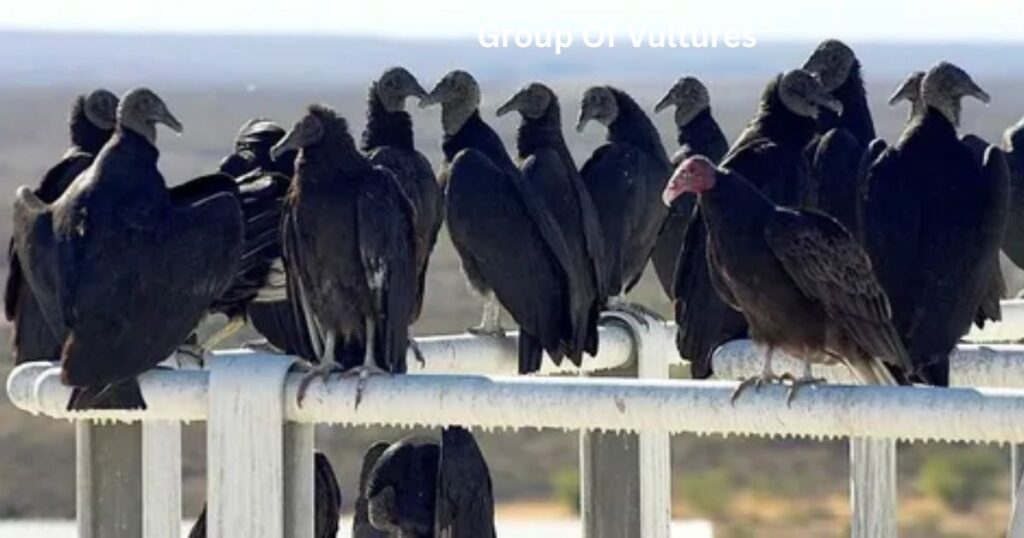
A group of vultures feasting together is known as a “wake.” This term not only captures the essence of their scavenging behavior but also reflects the somber nature of their meals.
Observing a wake offers a unique glimpse into the ecosystem’s cycle of life and death, showcasing how these often-misunderstood birds play a vital role in maintaining environmental balance. Their presence signals the end of one creature’s life while simultaneously sustaining numerous others, an intricate dance of survival.
As they gather around carrion, these birds exhibit remarkable social dynamics. The pecking order is evident, with larger species often dominating the feast. Yet, there’s a sense of cooperation; vultures communicate through hisses and nudges, ensuring that the meal is shared among them.
This behavior emphasizes a fascinating aspect of nature: even in death, there is community and collaboration. So, the next time you hear about a wake, remember it’s not just a gathering of vultures but a testament to the interconnectedness of life on Earth.
- Explore What Does Seeing a Cardinal Mean? Read and explore the journey.
Why do vultures flock together in groups?
Observing a group of vultures is a striking experience; their collective presence seems almost choreographed. But why do these fascinating birds choose to flock together? For starters, there’s safety in numbers.
When a group of vultures gathers, they can watch out for each other, alerting one another to potential threats in their environment. This communal vigilance allows them to soar high above, scanning the landscape for food while remaining aware of predators that might target them.
Moreover, I’ve learned that the social dynamics within a group of vultures extend beyond mere survival. These birds engage in a unique form of social learning; younger vultures often follow the more experienced ones to locate food sources. It’s an impressive display of teamwork that underscores their intelligence.
Watching them interact, I can’t help but appreciate how their cooperation goes beyond instinct it reflects a nuanced understanding of their ecosystem and the shared benefit of community. In the end, the sight of a group of vultures isn’t just about scavenging; it’s a testament to the power of collaboration in the wild.
- What Can Baby Birds Eat? Safe and Nutritious Foods
When do vultures flock together?
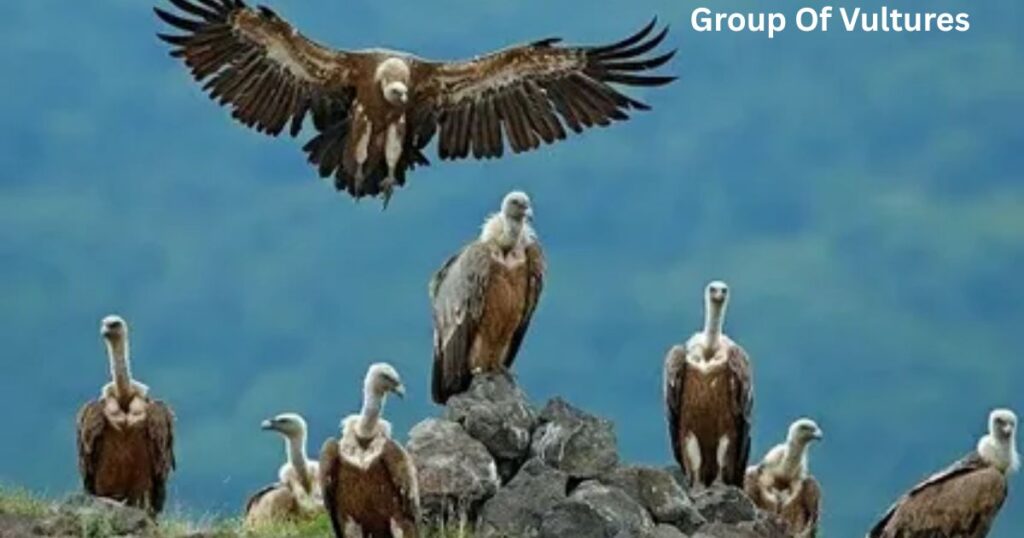
I’ve always been fascinated by the moments when a group of vultures congregates. Unlike many birds, these scavengers are social creatures, often seen gathering in large flocks, especially during the early morning hours.
It’s as if they possess an unspoken agreement to meet at the break of dawn, where they circle and soar together, scanning the vast landscape for potential meals.
I can’t help but marvel at how they rely on each other’s keen eyesight; one vulture spotting a carcass can lead to a feeding frenzy, showcasing their extraordinary teamwork.
Watching a group of vultures take flight is a mesmerizing experience. They glide effortlessly in the thermals, riding the warm air currents, which seems like a dance choreographed by nature itself.
But there’s more to their gatherings than mere foraging; it’s also about social bonding. These gatherings serve as a platform for communication and establishing hierarchies, reminding me that even the most seemingly solitary creatures have intricate social structures.
The next time you see a flock overhead, take a moment to appreciate not just their survival skills but the rich tapestry of interactions that unfold within that group of vultures.
How many vultures are in a flock?
When I first spotted a group of vultures soaring overhead, I was struck by the sheer majesty of their flight. The number of vultures in a flock can vary widely, typically ranging from a handful to several dozen.
It’s fascinating to think about how these scavengers come together, not just for feeding but also for social interaction and navigation.
I often wonder what conversations they might have as they circle high above the landscape, scanning for their next meal.
In my observations, I’ve noticed that the dynamics within a group of vultures can be quite complex. Larger flocks tend to have a hierarchy, with dominant birds leading the way. This intricate social structure serves a purpose; it allows them to efficiently locate food while minimizing conflict over resources.
The camaraderie among them is palpable, a silent agreement that ensures survival in the harshest environments. Each time I see them gather, I can’t help but appreciate the balance of nature and the roles these often-misunderstood birds play in our ecosystem.
What is a group of baby vultures called?
When I first learned that a group of baby vultures is called a “wake,” I was fascinated by the term’s eerie yet captivating nature. It conjures up images of these young scavengers, often misunderstood in the animal kingdom, huddled together as they begin their journey into the world.
The name feels fitting, considering that vultures play a crucial role in the ecosystem, cleaning up carrion and preventing the spread of disease. There’s something poetic about the idea of a “wake,” suggesting both a celebration of life and a reminder of nature’s cycle.
As I delve deeper into the lives of these remarkable birds, I can’t help but admire their resilience. A group of vultures, especially the younger ones, embodies a unique bond as they learn from each other and their parents.
Watching them interact is like witnessing a masterclass in survival; they communicate through a series of hisses and grunts, honing skills that will one day enable them to soar gracefully across vast landscapes. This camaraderie among a wake of baby vultures highlights not just their adaptability but also the deep connections formed even in the unlikeliest of creatures.
What is a group of turkey vultures called?
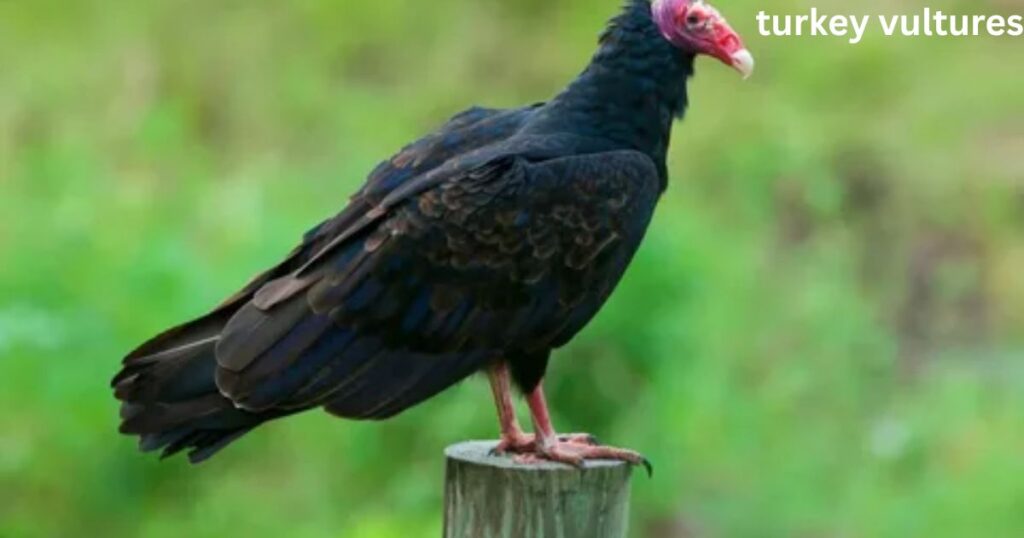
When I first learned that a group of turkey vultures is called a “venue,” I couldn’t help but chuckle at the term’s theatrical flair. It conjures images of these magnificent birds gathering like an audience, poised to witness the drama of life unfolding below them.
There’s something poetic about this name, as it captures their role in nature as both observers and participants in the cycle of life and death. Watching a venue of turkey vultures can feel almost like a performance, with each bird gliding gracefully on thermals, their wings outstretched, creating an aerial ballet that is both mesmerizing and vital.
As I delve deeper into the behavior of these scavengers, I appreciate how their gatherings serve not just a social function but also an ecological one. In a venue, turkey vultures engage in communal roosting, which provides safety in numbers against potential predators.
This social structure fascinates me; it’s a reminder that even in the animal kingdom, collaboration often trumps isolation.
The sight of a venue soaring together against the backdrop of a vivid sunset can be awe-inspiring symbol of resilience and adaptation, reminding us that sometimes, it takes a collective effort to thrive in a challenging world.
What is a group of black vultures called?
When I first stumbled upon the term for a group of black vultures, I was struck by the unexpected charm of the word “wake.” It conjured images of a gathering, perhaps one marked by somber reflection, as these scavengers circle overhead.
The name feels particularly apt when you consider how these birds play an essential role in our ecosystem, cleaning up carrion and preventing the spread of disease. Their presence is a reminder that even in nature, every creature has its purpose, often hidden beneath layers of misunderstanding.
As I observed a wake of vultures in the wild, I couldn’t help but appreciate their intricate social dynamics. These birds communicate through a series of hisses and grunts, showcasing a surprisingly complex social structure.
Watching them interact, I realized that their communal behavior challenges the often negative perceptions surrounding vultures. Instead of viewing them merely as harbingers of death, I began to see them as vital participants in the cycle of life transforming decay into nourishment for new growth. It’s fascinating how a simple name can shift our understanding and appreciation of such misunderstood creatures.
Final Thought
To wrap things up, learning about what a group of vultures is called has truly opened my eyes to their significance in our world. Whether referred to as a “kettle” or a “wake,” these terms highlight the social behaviors of these remarkable birds.
I’m fascinated by how much there is to learn about wildlife and the intricate connections within ecosystems. I invite you to delve deeper into the world of vultures and perhaps even observe them in action.
Together, we can foster a greater appreciation for these important scavengers and the vital roles they play in nature.
FAQs
What comes in the group of vultures?
A group of vultures is often referred to as a “venue” or a “kettle.” I find it interesting how different terms can reflect their behavior!
Why is a group of vultures called a kettle?
The term “kettle” is used when vultures are circling in the air, resembling a kettle boiling with steam.

